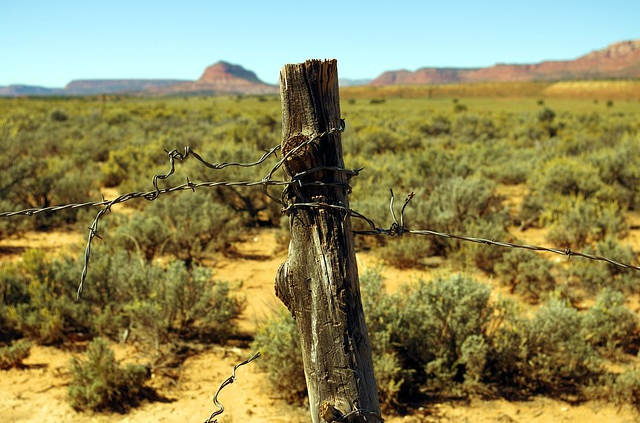Fraud, Charities and Steve Bannon – Where’s the Money Going?
The arrest of Steve Bannon, President’s Trump ex-adviser, hit the headlines this week. Along with several other men, he is accused of siphoning off funds that were given to a charity which sought private donations to support the building of the Trump-promoted wall (fence, barrier, whatever) between Mexico and the USA.
Without getting into the mentality of the donors who would give their hard-earned cash for that cause, the case does point out the difficulties of knowing exactly where you money is going when you had it over to any charity. There have been many examples over the years of charities that do genuinely support good causes, but appear to be just as interested in spending money on fancy offices and big salaries for executives.
Even an organisation as reputable as the Australian Red Cross ran into controversy recently when it had to defend its decision to spend up to 10% of bushfire relief donations on administration costs. That doesn’t seem too unreasonable to me, but in the past, it had promised to put 100% of all money raised directly to a cause.
Then there are the actual fraudulent “charities” that act as a front for criminal activities. For instance, four men were found guilty recently of fraud in the UK when they expropriated over £500K of donated money rather than using it for genuine purposes. Collectors in camouflage trousers and “Save Our Soldiers” shirts rattled collection tins and conned people at railway stations into thinking they were giving to support disabled troops. But the money went to fund the lifestyles of David Papagavriel, Terence Kelly, Ian Ellis and Peter Ellis. That’s the reason I never put money in collecting tins if I don’t know the charity, by the way, even if it looks like a great cause.
The third type of charity-related fraud comes when a charity itself is the victim. Every organisation that sees large amounts of money flowing through it can be a target for what I define as “procurement related fraud”, and charities are no exception. There are some interesting examples of this in my new book, Bad Buying – How organisations waste billions through failures, frauds and f*ck-ups (to be published by Penguin Business on October 8th).
The fraud may originate from outside the organisation, but often there are insiders involved, or in some cases it can be a purely internal affair. For example, one story in my book covers the exploits of the CEO of an education charity, Philip Bujak. He was sentenced to six years in jail in 2018 at Southwark Crown Court in London for swindling some £180,000 out of his organisation. Using a company credit card, false invoices to Fake “suppliers” and other routes he got the charity to fund his honeymoon, and family events at hotels. One bill for a “charity conference” was really his mother’s 80th birthday party, and he was also keen on buying and restoring paintings.
So don’t think that everyone who works within a charity is automatically a good person. There can be the odd bad apple, which means that charities (like every other organisation) need to take strong anti-fraud measures to protect against internal or external villains. I haven’t got the space here to go through all those suggested steps, but my book goes into that in more detail, with seven key principles to avoid buying-related fraud and corruption listed and explained. And we will come back to those here at a later date as well.
Meanwhile we will watch the Bannon case with interest …










Leave a Reply
Want to join the discussion?Feel free to contribute!